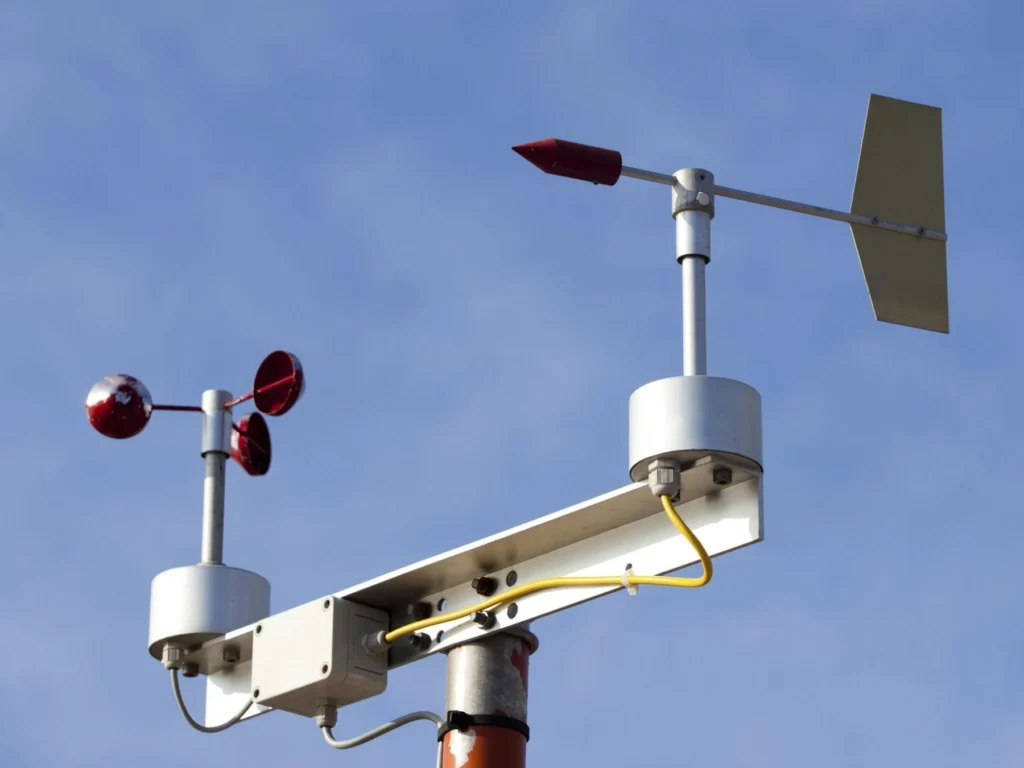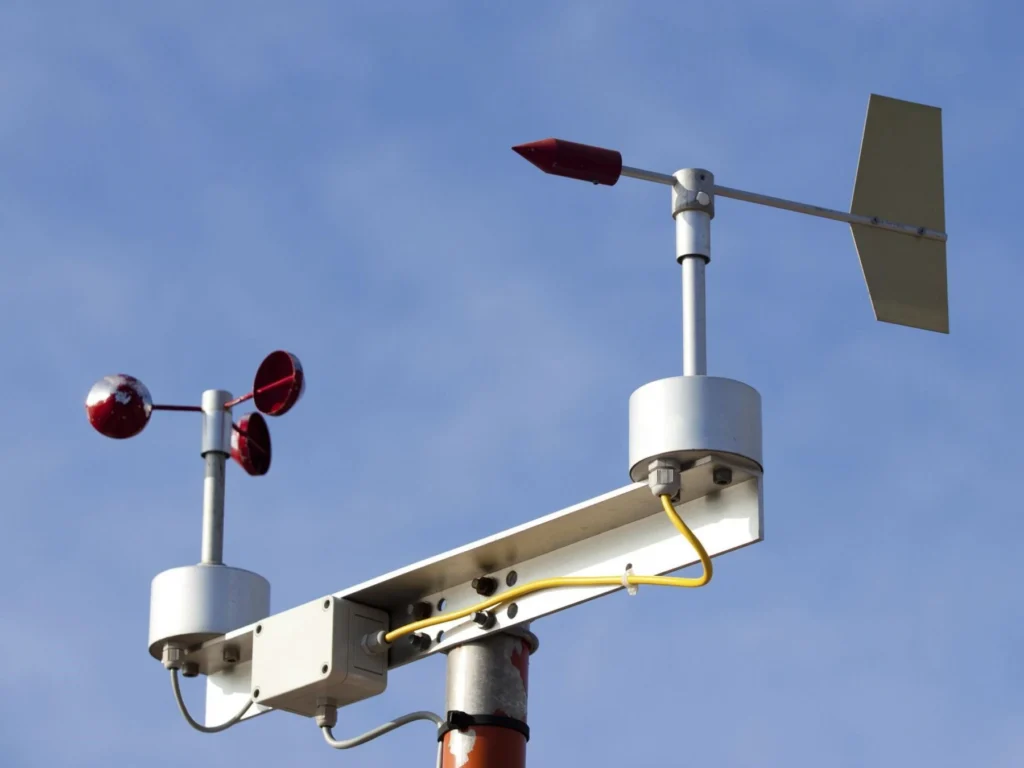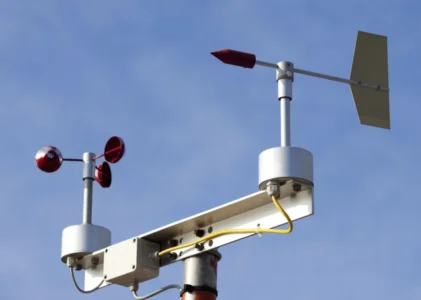
# Wind Measuring Instrument: Essential Tools for Accurate Wind Assessment
Wind measuring instruments are indispensable tools for accurately assessing wind conditions in various applications. From meteorology to renewable energy, these devices provide critical data that helps professionals make informed decisions. In this article, we will explore the importance of wind measuring instruments, their types, and their applications.
## Why Wind Measuring Instruments Matter
Wind is a dynamic and often unpredictable force of nature. Understanding its speed, direction, and patterns is essential for a wide range of industries. For instance, in meteorology, accurate wind data is crucial for weather forecasting and climate studies. In the renewable energy sector, wind turbines rely on precise wind measurements to optimize energy production. Additionally, industries like aviation, construction, and agriculture also depend on wind data to ensure safety and efficiency.
## Types of Wind Measuring Instruments
There are several types of wind measuring instruments, each designed for specific purposes. Here are some of the most common ones:
### Anemometers
Anemometers are the most widely used instruments for measuring wind speed. They come in various designs, including cup, vane, and hot-wire anemometers. Cup anemometers, for example, use rotating cups to capture wind speed, while vane anemometers measure both speed and direction.
### Wind Vanes
Wind vanes, also known as weather vanes, are primarily used to determine wind direction. They consist of a rotating arrow that aligns itself with the wind, pointing in the direction from which the wind is coming. Wind vanes are often used in conjunction with anemometers for comprehensive wind assessment.
### Sonic Anemometers
Sonic anemometers use ultrasonic sound waves to measure wind speed and direction. These instruments are highly accurate and are often used in research and advanced meteorological applications. They are particularly useful in environments where mechanical parts might be prone to wear and tear.
### Lidar and Sodar Systems
Lidar (Light Detection and Ranging) and Sodar (Sound Detection and Ranging) systems are advanced remote sensing technologies used for wind profiling. These systems can measure wind speed and direction at various altitudes, making them invaluable for wind energy assessments and atmospheric research.
## Applications of Wind Measuring Instruments
Wind measuring instruments are used in a variety of fields, each with its own set of requirements and challenges. Here are some key applications:
### Meteorology
In meteorology, wind measuring instruments are essential for weather forecasting, storm tracking, and climate research. Accurate wind data helps meteorologists predict weather patterns and issue timely warnings for severe weather events.
### Renewable Energy
The renewable energy sector, particularly wind energy, relies heavily on wind measuring instruments. These devices help in site selection for wind farms, performance monitoring of wind turbines, and optimizing energy production. Accurate wind data ensures that wind turbines operate efficiently and safely.
### Aviation
In aviation, wind conditions play a critical role in flight safety and efficiency. Pilots and air traffic controllers use wind data to plan flight paths, manage takeoffs and landings, and ensure the safety of passengers and crew.
### Construction and Agriculture
In construction, wind measurements are crucial for ensuring the safety of workers and structures, especially in high-rise buildings and bridges. In agriculture, wind data helps farmers manage crop protection, irrigation, and pest control.
## Conclusion
Wind measuring instruments are vital tools for accurately assessing wind conditions across various industries. From anemometers to advanced Lidar systems, these devices provide the data needed to make informed decisions, enhance safety, and optimize performance. Whether you’re a meteorologist, a renewable energy professional, or an aviation expert, understanding and utilizing wind measuring instruments is key to success in your field.
By investing in the right wind measuring instruments and understanding their applications, you can ensure accurate wind assessment and make the most of this powerful natural resource.
Keyword: wind measuring instrument



